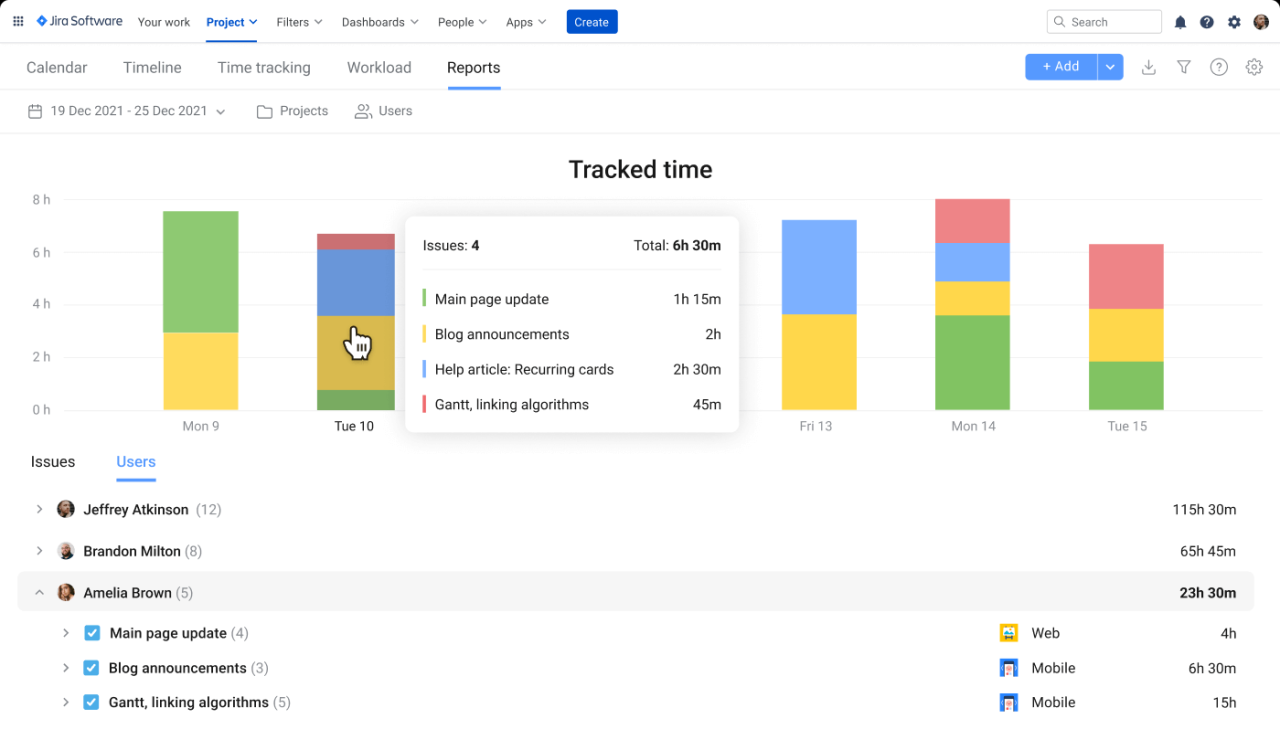Jira Resource Planning Optimizing Project Success
Jira resource planning empowers project managers to optimize resource allocation, fostering predictability and efficiency within projects. This comprehensive guide delves into the intricacies of leveraging Jira for effective resource management, from fundamental principles to advanced strategies for complex projects. Understanding the nuances of Jira’s resource planning tools, and their interplay with agile methodologies, is crucial for achieving project goals.
The core of effective resource planning within Jira lies in accurately estimating project timelines, allocating resources effectively, and establishing robust monitoring mechanisms. This process involves a careful analysis of task dependencies, resource availability, and potential conflicts. This allows for proactive mitigation of potential bottlenecks, enabling projects to remain on track and deliver results efficiently.
Introduction to Jira Resource Planning
Resource planning in Jira is a crucial aspect of project management, enabling teams to effectively allocate and track resources across projects. It involves identifying the required resources, estimating their availability, and scheduling tasks to ensure projects are completed on time and within budget.
Definition of Resource Planning in Jira
Resource planning in Jira involves using the platform to manage and track the availability of individuals or resources (e.g., developers, designers, testers) assigned to projects. This includes defining roles, estimating capacity, and allocating resources to tasks within Jira projects.
Benefits of Resource Planning in Jira Projects
- Improved project predictability by accurately forecasting resource needs and potential delays.
- Enhanced resource utilization, maximizing the efficiency of allocated personnel.
- Reduced project risks by identifying potential resource conflicts and bottlenecks.
- Better collaboration and communication among project stakeholders.
- Increased transparency and visibility into resource allocation across projects.
Common Challenges in Jira Resource Management

- Inaccurate resource capacity estimations.
- Lack of visibility into resource availability across projects.
- Difficulty in effectively allocating resources to tasks.
- Insufficient communication and collaboration between project managers and resource owners.
- Managing dependencies between tasks and resources.
Examples of Improved Project Predictability
Accurate resource planning in Jira allows project managers to identify potential resource constraints early on. For instance, if a crucial developer is overloaded with tasks in multiple projects, the system flags this issue, enabling proactive mitigation strategies to avoid delays.
Key Features of Jira Resource Planning Tools
| Feature | Description |
|---|---|
| Resource Capacity | Allows defining the capacity of each resource based on their working hours and other commitments. |
| Resource Allocation | Facilitates assigning resources to specific tasks and projects. |
| Resource Availability | Displays the availability of resources across projects and timeframes. |
| Reporting and Analytics | Provides reports and dashboards to track resource utilization and identify bottlenecks. |
| Customizable Views | Enables creating customized views to track specific resources or projects. |
Jira Resource Planning Methods
Various methods exist for estimating project timelines and allocating resources effectively within Jira. Understanding these methods is essential for optimizing project execution.
Methods for Estimating Project Timelines
- Work Breakdown Structure (WBS): Decomposing a project into smaller, manageable tasks and estimating the time required for each.
- Expert Judgment: Gathering input from experienced team members to estimate task durations.
- Analogous Estimation: Basing estimates on similar previous projects.
- Three-Point Estimation: Using optimistic, pessimistic, and most likely estimates to arrive at a more accurate duration.
Approaches to Effective Resource Allocation
- Prioritization: Identifying the most critical tasks and assigning resources accordingly.
- Resource Leveling: Balancing workload across resources to avoid over-allocation and ensure optimal utilization.
- Task Dependencies: Understanding task dependencies to ensure resources are available when needed.
Comparison of Resource Allocation Strategies
Different allocation strategies have varying advantages and disadvantages. For example, prioritizing critical tasks might lead to neglecting other important activities, whereas resource leveling might introduce delays if not managed carefully.
Best Practices for Resource Planning in Jira
- Clearly define resource roles and responsibilities.
- Establish clear communication channels.
- Regularly review and update resource plans.
- Track resource utilization and identify potential bottlenecks.
Potential Risks and Mitigation Strategies
Potential risks include resource conflicts and skill gaps. Mitigation strategies include proactive communication, contingency planning, and training.
Using Jira Dashboards for Resource Tracking
Jira dashboards provide real-time insights into resource utilization, allowing for proactive identification and management of potential bottlenecks. Customizable dashboards enable project managers to monitor specific aspects of resource allocation and availability.




